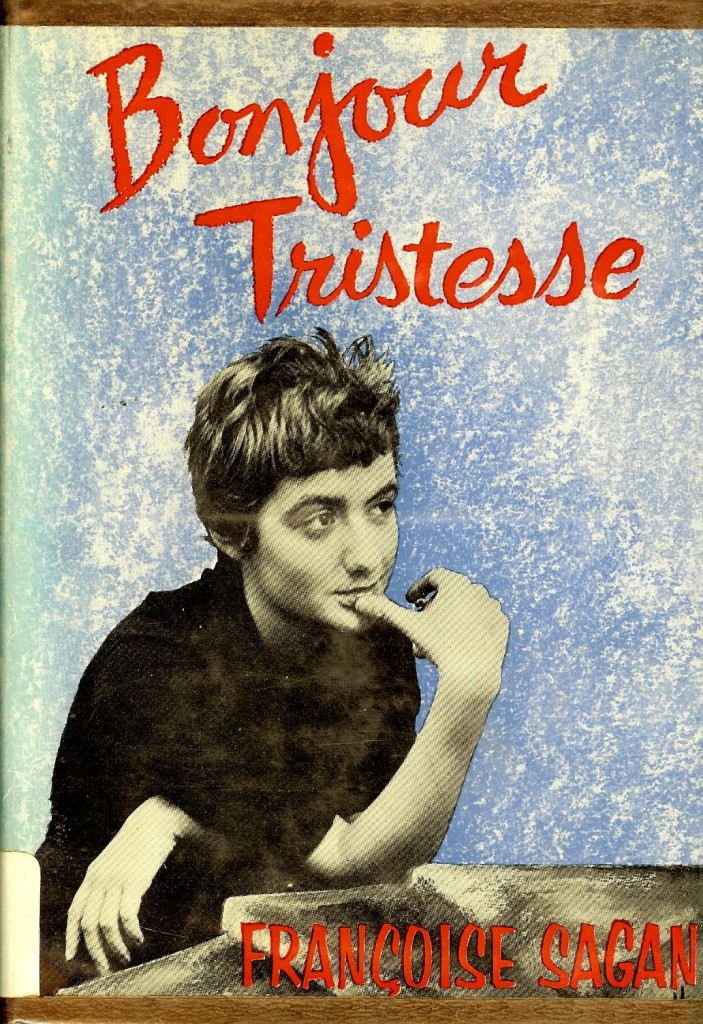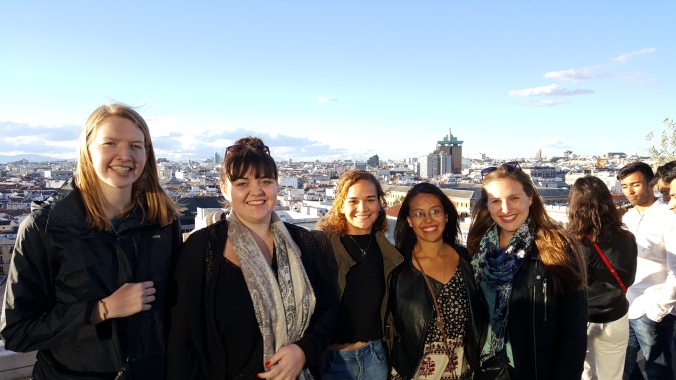1. Grand Canyon National Park, in North Central Arizona, 37 miles from Flagstaff, west of U.S. Route 89.
Thursday, August 27, 2020
Arizona
1. Grand Canyon National Park, in North Central Arizona, 37 miles from Flagstaff, west of U.S. Route 89.
Friday, August 14, 2020
William Makepeace Thackeray--The Book of Snobs (1846-7)
This was a bit of a strange choice for the list. While Thackeray was, and still is to some extent, one of the most prominent Victorian novelists (two of his other books are also on this program), this book, a collection of comic pieces written for the legendary Punch magazine, has not, judging by what is available for sale on the used book websites, been reprinted much going back to about 1900. My copy of the book is a 1999 edition put out (in English) by a German publishing house, Konemann, based out of Cologne. The IWE, in its characteristic enigmatic fashion, promotes the selection by observing that "Thackeray enjoyed writing humor and fancied himself as a humorist but was not so good in the field as he supposed. The Book of Snobs is his best humorous writing but is not in a class with his novels." There is some truth in this critique--Thackeray did not have the extreme natural talent for humor of a Dickens or a Fielding and at times he is noticeably straining for an effect more than would be evident in those other writers--but this book really is quite funny, if somewhat repetitive, it has considerable value as an unusually informal portrait by a top rank writer of the society of the time, and it has the benefit as well of being relatively unknown and not beaten to death through being manhandled by everybody in the Western world with a humanities degree. It also calls to mind the great periodical writings of the 18th century, The Spectator (which for better or worse was the impetus for me to start blogging), The Tatler, The Rambler, and so on, which rank among the most enjoyable things I have ever read. So I liked this a lot, though it is not without some problems which must be acknowledged.
Even though he denounces American slavery several times, he uses the "n"-word every time he refers to people who are dark-skinned, whether they are American slaves, or Othello. It's his default word for black people. Perhaps this is one of the reasons why the book is generally always out of print. There is also a brief reference to Disraeli and Sir Robert Peel, the Prime Minister at the time who was of the opposite party, which is innocuous enough to read if you are not aware of the house politics of Punch, but there is a footnote which explains that "there were campaigns at the time to remove disabilities on Jews, but Punch was far from sharing this liberal opinion..." It should also be noted that this book contains illustrations drawn by Thackeray himself, and in the same footnote regarding this Disraeli item, it states that "Thackeray added one of his more regrettable illustrations to this item (not reproduced in the present edition)."
p. 86 One more rather insensitive section to take note of (it is The Book of Snobs after all). From the chapter 'A Little About Irish Snobs": "I think the shams of Ireland are more outrageous than those of any country. A fellow shows you a hill and says, 'That's the highest mountain in all Ireland;" or a gentleman tells you he is descended from Brian Boroo, and has his five-and-thirty hundred a year...or ould Dan rises and says the Irish women are the loveliest (ed--there is a case to be made that this is true), the Irish men the bravest, the Irish land the most fertile in the world: and nobody believes anybody." The shots at Ireland seem a little cruel considering that the country was enduring mass starvation and depopulation at the very time this was being written. But I have noted a similar indifference to this crisis in other famous English writers of this period, Ruskin, etc.
p. 150 On visiting the country: "Do you suppose that an agreeable young dog, who shall be nameless (ed--he is peaking of himself), would not be made welcome? Don't you know that people are too glad to see anybody in the country?"
p. 155-6 In an interlude characteristic of the Spectator, the author publishes a charming letter which he claims came from a girl in the north of England asking him whether she might be a snob or not. It contains a number of nice details about how the family always got the magazine on Sunday and would tear it open in the carriage on the way home from church and that sort of thing.
p. 162 Referring to an episode in a popular society novel of the era called Ten Thousand a Year, about a gentleman who has experienced a decline in his fortunes: "It is about seven o'clock, carriages are rattling about, knockers are thundering, and tears bedim the fine eyes of Kate and Mrs Aubrey as they think that in happier times at this hour--their Aubrey used formerly to go out to dinner to the houses of the aristocracy his friends. This is the gist of the passage...What can be more sublime than the notion of a great man's relatives in tears about his dinner?"
p. 163 The great Mr Goldmore, the East India Director, on hearing that a friend had had dinner at the house of a lawyer acquaintance of theirs who was known to have no practice: "'What! Do they give dinners?' He seemed to think it a crime and a wonder that such people should dine at all, and that it was their custom to huddle round their kitchen-fire over a bone and a crust."
"Snob" by the way is not exclusively used in the book in the manner in which we use it, but it refers to everyone who buys into any of these absurd value systems and social customs, even if one is himself is not in a position where he is benefiting from them.
p. 202 On poor Mr Sackville Maine, who sounds like me: "He agreed in everything everybody said, altering his opinions without the slightest reservation upon the slightest possible contradiction."
Belonging to a "club", is something that, whenever I read anything about them, I always feel like I ought to do. I lack gravity (gravitas?), somehow, which I feel like is one of the things holding me back from qualifying for admittance to a club, but there is no reason why I should to such a socially crippling extent. At the same time the country clubs seem to be begging for members now, so maybe I could get in, but would the quality of the bar and the lounge or the library (assuming they have one?) really be the same (once they started letting people like me in)?
p. 207 "What a deal of vanity that club mirror has reflected, to be sure!"
The Bourgeois Surrender Challenge
There are a lot of upsets available in the qualifying for this one, so matchups will be everything in the early rounds.
1. Donna Tartt--The Secret History............................................................................3,592
2. Anthony Bourdain--Kitchen Confidential..............................................................2,952
3. Julia Child--Mastering the Art of French Cooking................................................1,265
4. Phillipa Gregory-Tidelands.......................................................................................883
5. MacColl & Wallace--To Marry an English Lord......................................................687
6. Julian Fellowes--Snobs.............................................................................................653
7. M. C. Beaton--Snobbery With Violence....................................................................208
8. M. C. Beaton--Minerva: The Six Sisters Book I........................................................142
9. Elizabeth Hayley--Sex Snob.......................................................................................120
10. Marion Chesney--Hasty Death..................................................................................81
11. Garry Wills--The Future of the Catholic Church With Pope Francis........................69
12. Jeffrey Steingarten--It Must Have Been Something I Ate...........................................45
13. A. O. Scott--Better Living Through Criticism............................................................37
14. Stephen T. Um--Why Cities Matter.............................................................................35
15. Julian Fellowes--Society Rules: Two Novels: Snobs and Past Imperfect....................24
16. Aeschylus--Four Plays................................................................................................24
Round of 16
#16 Aeschylus over #1 Tartt
Here we go right off the bat with an almost impossible match-up between one of the more acclaimed books of the last thirty years having to square off against, well, Aeschylus. As an IWE author Aeschylus gets a more or less free passage into the semifinals under the rules of this game unless he encounters a book which has any immunity of its own, but Tartt, making her first appearance in the tournament, did not have that here.
#2 Bourdain over #15 Fellowes
The late Bourdain, besides being a celebrity author, also comes in armed with an upset. However, Fellowes is only half-eliminated, since the first volume of the book eliminated here also qualified in its stand-alone version.
#14 Um over #3 Child
Child is a classic as well but I'm probably not going to read a two volume cookbook as part of my program here.
#13 Scott over #4 Gregory
I eliminate genre books, which qualify for this game a lot, whenever I can. Do you what kind of books almost never qualify for this? Popular history and other non-fiction titles from the 1945-1990 era, which is a class of books I am partial to.
#5 MacColl & Wallace over #12 Steingarten
Obviously this is the result of having an upset card.
#6 Fellowes over #11 Wills
I am a little concerned that I have too many novels winning in this contest lately (though looking over the recent winners I would say that only about half of them actually are novels), but my interest is piqued by this Snobs book, which is also fairly short.
#10 Chesney over #7 Beaton
So now I am finding out that Marion Chesney and M.C. Beaton are the same person, or rather were, as this author of many names passed on last December 30th at the age of 83. Both of the books in this contest are part of a series of "Edwardian Murder Mysteries".
#8 Beaton over #9 Hayley
Beaton had a upset to deploy here, maintaining her formidable presence in the tournament.
Super 8
#2 Bourdain over #16 Aeschylus
Bourdain has a second upset to carry him past the goliath Aeschylus into the Final Four. But he has spent them all now.
#5 MacColl & Wallace over #14 Um
To Marry an English Lord came in armed with a double-barrel of upsets as well. Do you think I really want to read this?
#6 Fellowes over #13 Scott
I was interested in the Scott book--I like the short introductory videos on classic films he used to do on the New York Times website--but Fellowes looks to be the better received book.
#8 Beaton over #10 Chesney
It's a toss-up. Minerva has the better cover.
Final Four
#2 Bourdain over #8 Beaton
Bourdain doesn't need an upset to finally oust the pesky Beaton/Chesney from the tournament.
#6 Fellowes over #5 MacColl & Wallace
Championship
#6 Fellowes over #2 Bourdain
Bourdain triumphed over Fellowes in the first round, but he is not able to overcome him twice and falls in a very competitive final.
Friday, August 7, 2020
August 2020
This swimming hole is in Fairlee, Vermont
This place was in the White Mountains. My wife thought the spot was more beautiful than the famous Flume--she is in my opinion prejudiced against the Flume because it is crowded and expensive, but this site is celebrated for a good reason.
Back at the place in Vermont
Candid photo of me attempting to read on the beach in York, Maine. (Empty pizza boxes not mine, I no longer eat pizza unless I am at some kind of gourmet pizza place, which obviously during this time I have not been to any such place).
I don't mean to be posting so many pictures of myself, but I am under 200 pounds now for the first time since probably 1998 or 99 and who knows if I will be able to maintain it, so I figure I had better record it while I can.
At home.
Friday, July 24, 2020
Francoise Sagan--Bonjour Tristesse (1955)
Francoise Sagan was the latest born (1935) of all the writers on this circa 1960-composed list. She died in 2004, the author of many books and plays, though none of her later works equaled the success and influence of this, her first novel (she remained a colorful and adventurous figure throughout her career, being convicted for cocaine possession as late as the 1990s). In retrospect it is a little difficult to appreciate what the big deal was. At the time the book was considered something of a French (and female) counterpart to Catcher in the Rye in its depiction of stylishly jaded affluent young people, but the writing isn't on that level. Even though it is only 128 pages the plot moves along rather slowly and in truth not a great deal happens--it probably could have been even shorter than it was without any sacrifice of quality. By current standards the famously scandalous parts of it are not all that alarming--even the (largely blase) parts where the 17 year old Cecile goes to bed with her 25 year old boyfriend, while they might officially be met with distaste and disapproval in the present environment, are obviously neither dark nor dangerous in the way that one would expect such an "inappropriate" relationship to be. Escapism for repressed (really repressed) women perhaps? This doesn't seem like a book that men at that time, especially older men, would have been that interested in, though obviously someone was buying all of those little red printings of the book during its initial success that I have come across dozens of copies of in used book stores over the years.
Having said all of this, I still liked it and am glad to have finally read it, as it was something of a cultural touchstone during the 50s and even long afterwards, when it would be referred to mockingly in association with wide-eyed American tourists, especially women, with silly or exaggerated romantic notions of France. If it were 400 pages I don't think there would be much justification for still reading it, but at the length it is, and as it does partake of the attractive spare, pointed French literary style that was prevalent in the 40s and 50s, I think it is worthwhile. I know that others are, supposedly, engaging with books more pertinent to the present hour, about critical race theory and structural injustices and the like, while I am hiding out on summer vacation on the Riviera in the 1950s, towards the end of which my sentiment was, "more of this candy, please."
Just a few short quotes, as always for the sake of my own remembrance.
pp.9-10 "Although I did not share my father's intense aversion to ugliness--which often led us to associate with stupid people--I did feel vaguely uncomfortable in the presence of anyone completely devoid of physical charm. Their resignation to the fact that they were unattractive seemed to me somehow indecent."
p. 13 "He refused categorically all ideas of fidelity or serious commitments. He explained that they were arbitrary and sterile."
p. 19 "'What you call types of mind are only mental ages.' I was delighted with her remark. Certain phrases fascinate me with their subtle implications, even though I may not altogether understand their meaning. I told Anne that I wanted to write her comment in my notebook."
p. 54 "They had a night of love to look forward to; I had Bergson."
I just recently acquired some writings by Bergson. He was one of the three writers included in the edition of the Nobel Prize Library I got in order to read the last selection for this list (Benavente).
p. 64 "She brought with her the aura of a kept woman, of bars, of gay evenings, which reminded me of happier days."
p. 97 "At six o'clock we drove off in Ann's car. It was a huge American convertible, which she kept more for publicity than to suit her own taste, but it suited mine down to the ground, with all its shiny gadgets."
p. 104 "It amused me to think that if one told the truth when drunk, nobody believed it."
p. 105 "Already I almost shared Anne's condescending attitude toward our friends; it was catching."
p. 114 "How difficult she made life for us through her dignity and self-respect."
The Competition
1. Jodi Picoult--Small Great Things...……………………………………..11,183
2. Mary Ann Shaffer--The Guernsey Literary & Potato Peel Pie Society.....7,452
3. Ann Patchett--The Dutch House...…………………………………………….3,215
4. An Affair to Remember (movie-1957)……………………………………2,338
5. Ernest Hemingway--A Moveable Feast...………………………………...1,325
6. Sebastian Barry--Days Without End...……………………………………...803
7. Matthew Quick--Forgive Me, Leonard Peacock...…………………………334
8. Daniel Mendelsohn--An Odyssey: A Father, a Son, and an Epic...………...205
9. The Affair (TV--Season 5, Episode 4)……………………………………...203
10. Brenda J. Webb--Mr Darcy's Forbidden Love...…………..……………...141
11. Willow Aster--Downfall...………………………………………………...131
12. Jane Porter--The Good Wife...……………………………………………...85
13. Cyril C. Richardson--Early Christian Fathers.............................................64
14. L'Hotel de la Plage (movie--1978)...............................................................53
15. James Martin SJ--A Jesuit Off-Broadway.....................................................37
16. Marlene Riggs--Love Me Best.......................................................................16
Round of 16
#1 Picoult over #16 Riggs
I'm not going to read a Jodi Picoult book if I can help it (I actually started one once back when she was really popular and had to give up pretty quickly) but she can still beat a standard order romance novel.
#2 Shaffer over #15 Martin
This was an extremely close game as the books were nearly identical in length and apparent quality. I gave the nod to Shaffer as this is the second time recently--perhaps the second time in a row--that this book has qualified for the tournament, and that experience begins to count for something in the early rounds.
#3 Patchett over #14 L'Hotel de la Plage
Patchett is a former champion of this tournament, for the somewhat acclaimed novel Bel Canto, which I however did not like very much. This movie, a 1970s French beach flick, though necessarily defeated here, looks interesting.
#5 Hemingway over #12 Porter
#11 Aster over #6 Barry
The Barry book received some acclaim, but it was fated to be the victim of an upset here.
#7 Quick over #10 Webb
#8 Mendelsohn over #9 The Affair
There is a decent selection of books here which for the most part did not have to face each other in the first round.
Elite 8
#13 Richardson over #1 Picoult
#2 Shaffer over #11 Aster
#8 Mendelsohn over #3 Patchett
This was another tightly contested matchup. Patchett's book was even a finalist for the Pulitzer Prize. I was swayed in the end by the lingering memory that I found her other book to be quite overrated.
#7 Quick over #5 Hemingway
Upset special. I haven't looked at the Peacock book to this point, so I don't know yet how formidable it may or may not be, but Hemingway was the heavy favorite to win the championship here, obviously, and he is knocked out.
Final Four
#2 Shaffer over #13 Richardson
#8 Mendelsohn over #7 Peacock
The Peacock book seems to fall into the Young Adult category, which puts it at a disadvantage.
Championship
#8 Mendelsohn over #2 Shaffer
This Mendelsohn is just too heavy-hitting of a guy to go against in this spot. He is one of those resume monsters, of exalted American birth and exquisite upbringing and education. He has been eating, breathing and sleeping culture and learning at pretty much the highest levels this society has to offer for a long time. Better luck next time, Shaffer, if we see you again.
That skull!
Friday, July 10, 2020
Jacinto Benavente y Martinez--The Bonds of Interest (1907)
Illustration from the Nobel Prize Library. I like it, it's kind of early Picasso-esque, right, it evokes an idea of the Spanish artistic sensibility in the early 20th century for the type of person who would collect cheaply bound volumes with the Nobel Prize seal on their covers.
The Challenge
1. Kevin Kwan--Crazy Rich Asians...…………………………………..5,027
2. John Boyne--The Heart's Invisible Furies...………………………….1,598
3. Kate Morton--The Distant Hours...…………………………………..1,509
4. Brenda Jackson--A Lover's Vow...……………………………………...602
5. Sarah MacDonald--Holy Cow: An Indian Adventure...………………...327
6. The Exterminating Angel (movie-1962)………………………………..114
7. Miranda Kennedy--Sideways on a Scooter...…………………………...110
8. Namwali Serpell--The Old Drift...……………………………………….82
9. Frank Abagnale--The Art of the Steal...………………………………….77
10. Shoshan Bantwal--The Dowry Bride...…………………………………54
11. J. S. Le Fanu--Uncle Silas...…………………………………………….43
12. Jessa Crispin--The Dead Ladies Project...……………………………...29
13. The New Interpreter's Bible...…………………………………………..17
14. John Vorhaus--Comedy Writing For Life...……………..……………...13
15. Maryvonne Fent--The 35 Cent Dowry...………………………………..13
16. Dannagal Goldthwaite Young--Irony & Outrage...……………………...9
One of the keywords in this edition of the competition was "dowry" which seems to account for the preponderance of books with an Indian setting or theme.
Round of 16
#16 Young over #1 Kwan
I had been interested in reading the Crazy Rich Asian books and at least anticipated Kwan's going deep into the tournament at least, but it got a first round matchup against a shorter book that I can actually read (about polarization in American media) so it goes down in something of a shock.
#15 Fent over #2 Boyne
Boyne is over 700 pages and it sounds formulaic rather than thought-provoking--sounds.
#14 Vorhaus over #3 Morton
Another contest decided by the length of the books.
#4 Jackson over #13 New Bible
Because I am not going to read this Bible.
#5 MacDonald over #12 Crispin
This was a pretty even battle, both books appearing to be travelogues of sorts written by Generation X women. MacDonald wins based on the seeding.
#11 Le Fanu over #6 Exterminating Angel
The movie actually should win here, but I mainly have them in here as a way to jumble up the early rounds for the books. I put all of the ones that qualify into my watch list anyway.
#7 Kennedy over #10 Bantwal
Kennedy is yet another Generation X woman who walked away from the rat race (in which she at least appeared to have been not just taking part, but succeeding) to go have adventures and gain insight into the human condition in India. I can't get enough of this.
#9 Abagnale over #8 Serpell
The Serpell book has been hailed in some quarters as a masterpiece, or near masterpiece, but it's a tournament of matchups, and generally speaking, a shorter book that is plausibly entertaining is going to beat you.
Elite 8
#16 Young over #4 Jackson
The Jackson looks like some kind of romance novel.
#5 MacDonald over #15 Fent
#14 Vorhaus over #7 Kennedy
Vorhaus is really short. That is deadly to opponents in the early rounds.
#9 Abagnale over #11 Le Fanu
Le Fanu's book is a Victorian Gothic mystery. This was a competitive game, but I am in the mood for a more modern book at this time.
Final Four
#5 MacDonald over #16 Young
I'm kind of leaning towards seeing a travel book win here.
#9 Abagnale over #14 Vorhaus
Maybe I should read a guide to comedy writing at some point, but I don't feel like doing it now.
Championship
#5 MacDonald over #9 Abagnale
The book put up for this competition was not Abagnale's chef d'oeuvre, Catch Me If You Can, which was famously adapted for the movies by Steve Spielberg. So I'm going with the white Australian lady's journey to India. I haven't read a travel book in a while, maybe since Bruce Chatwin's epic victory here?
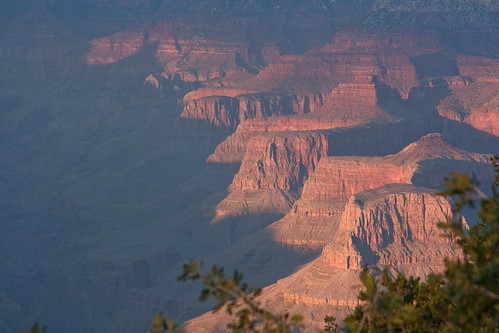


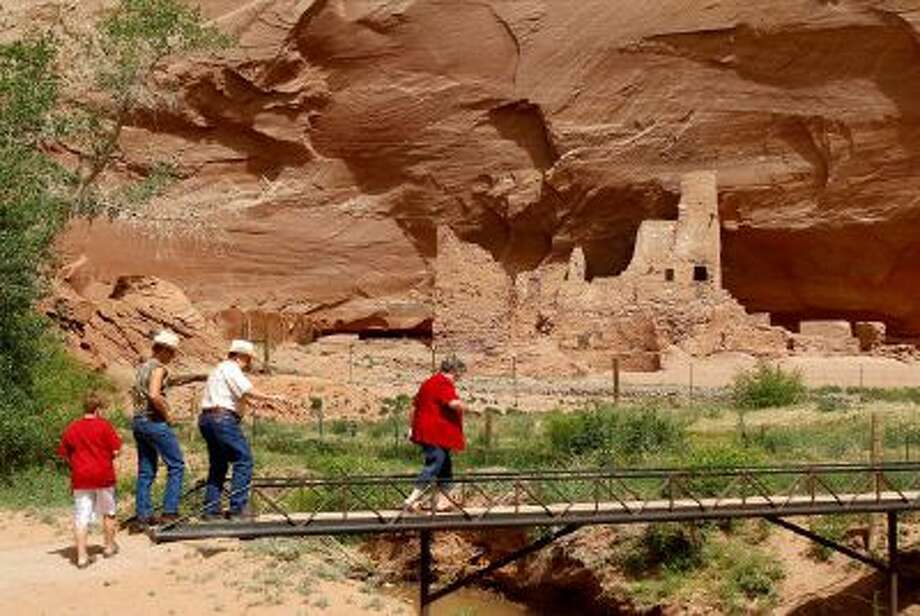
















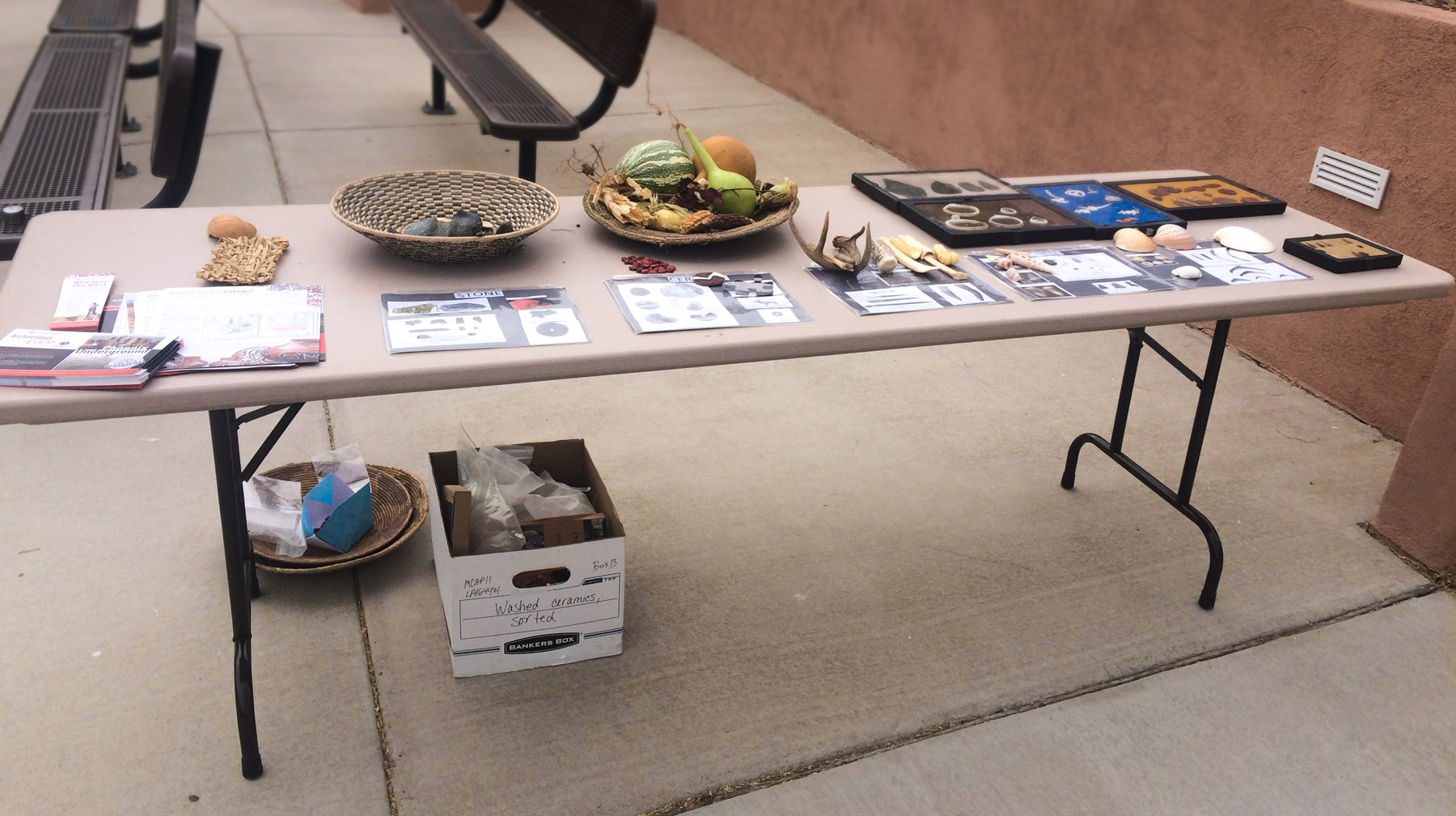
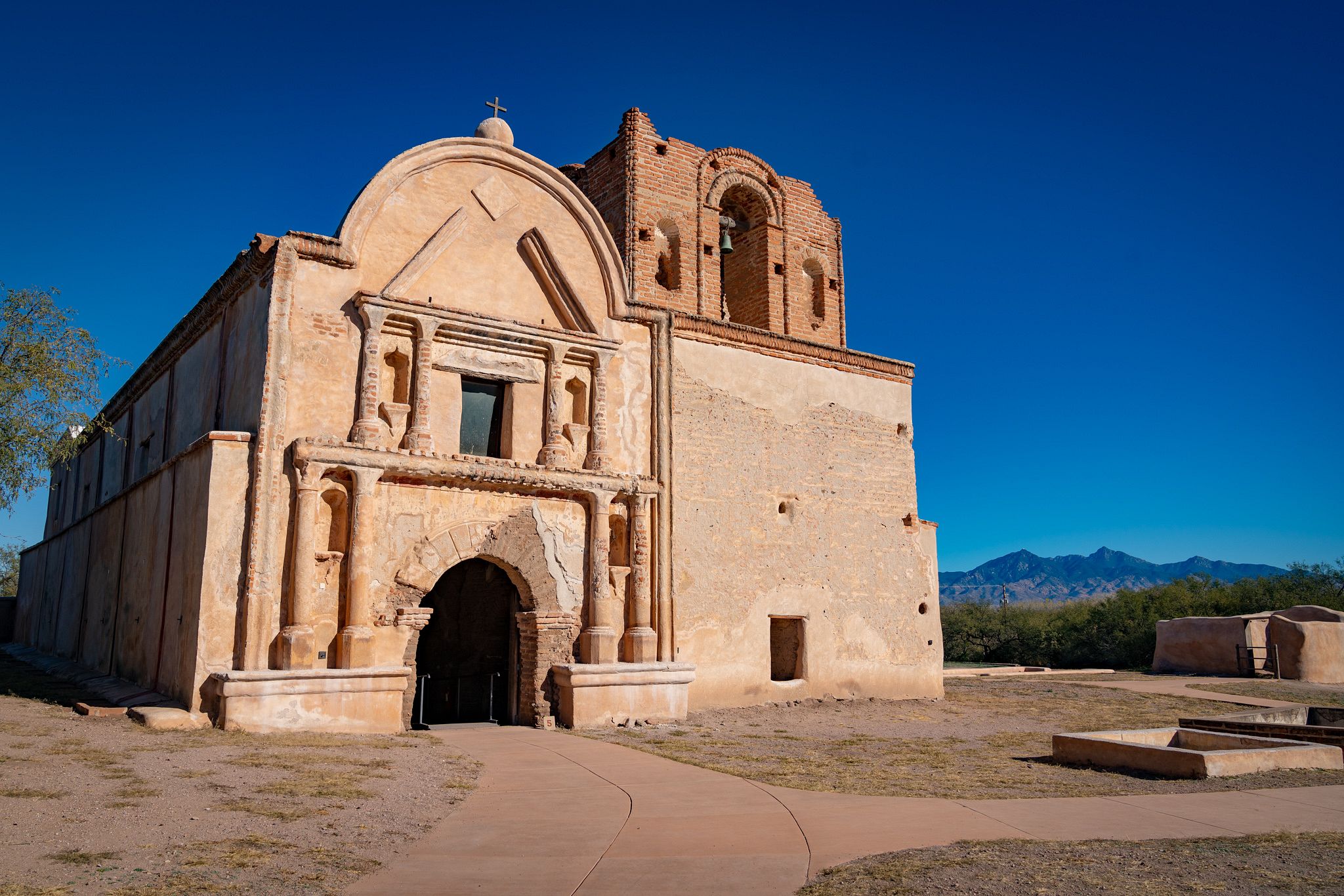


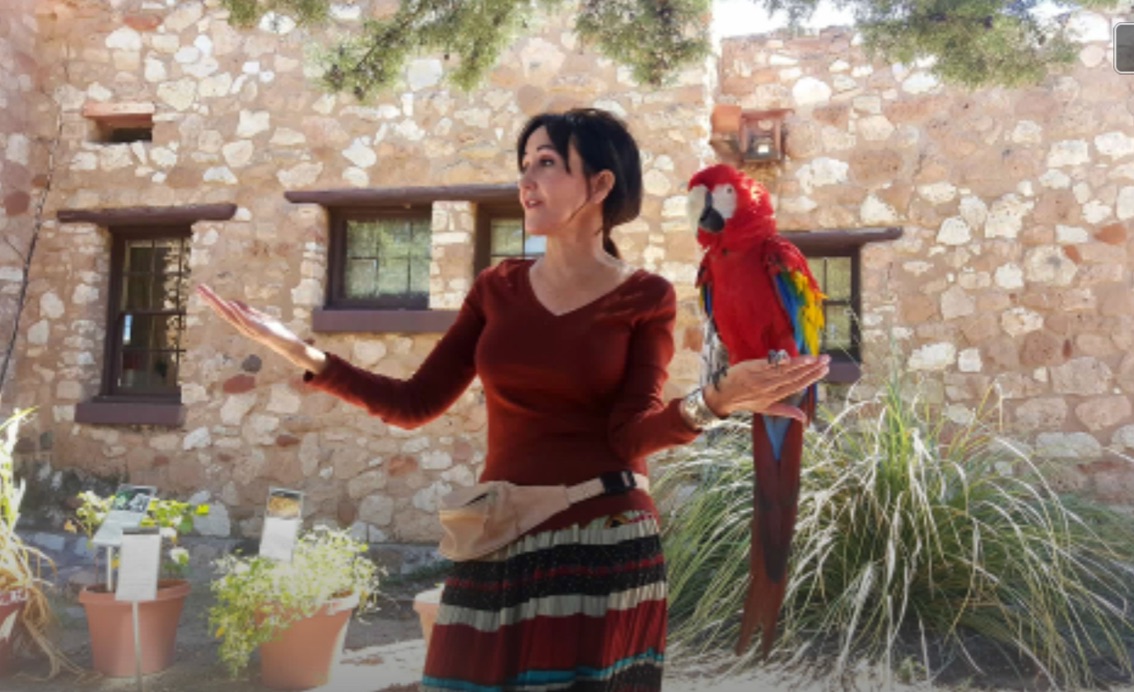



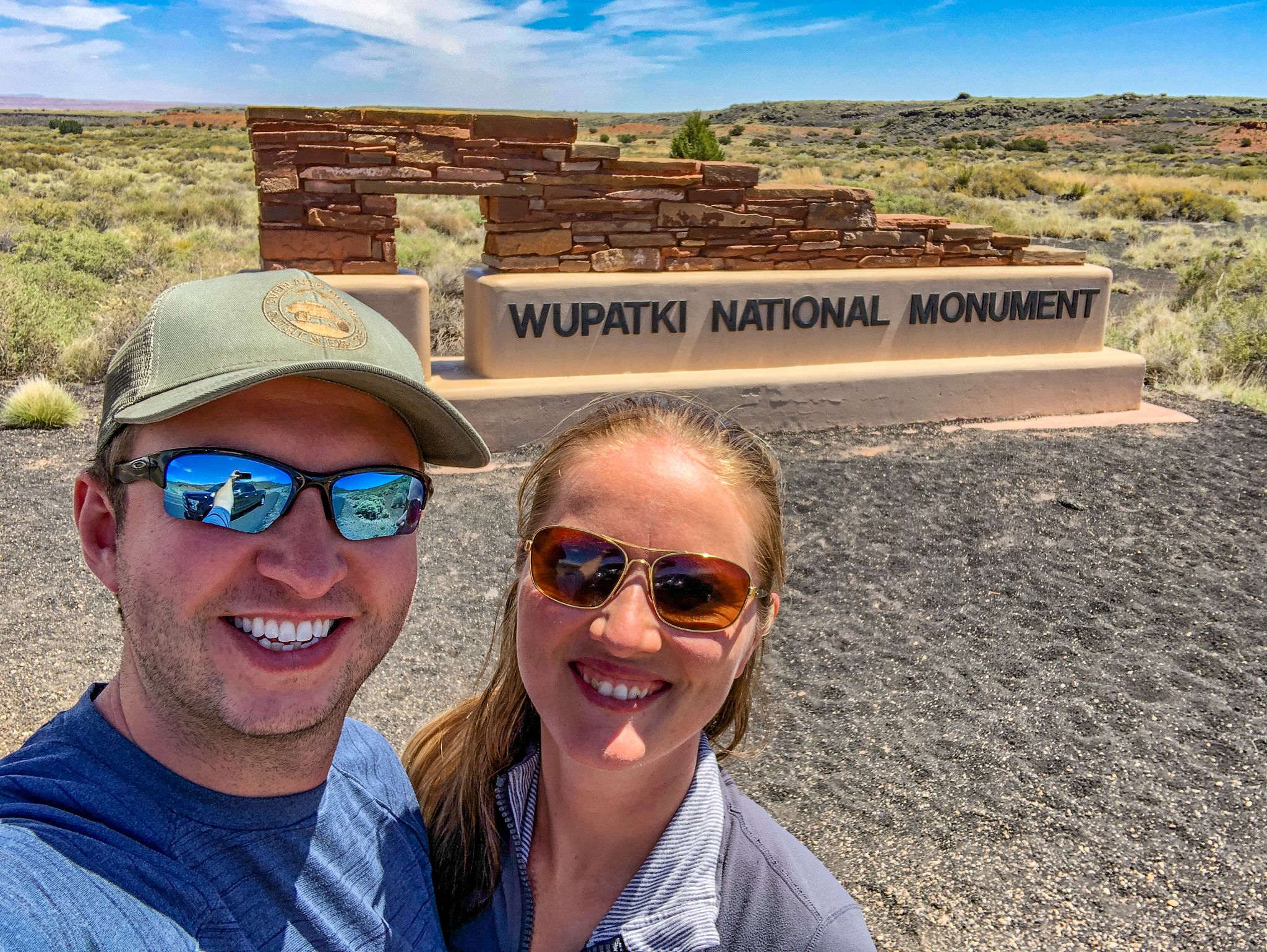
.jpg)
















